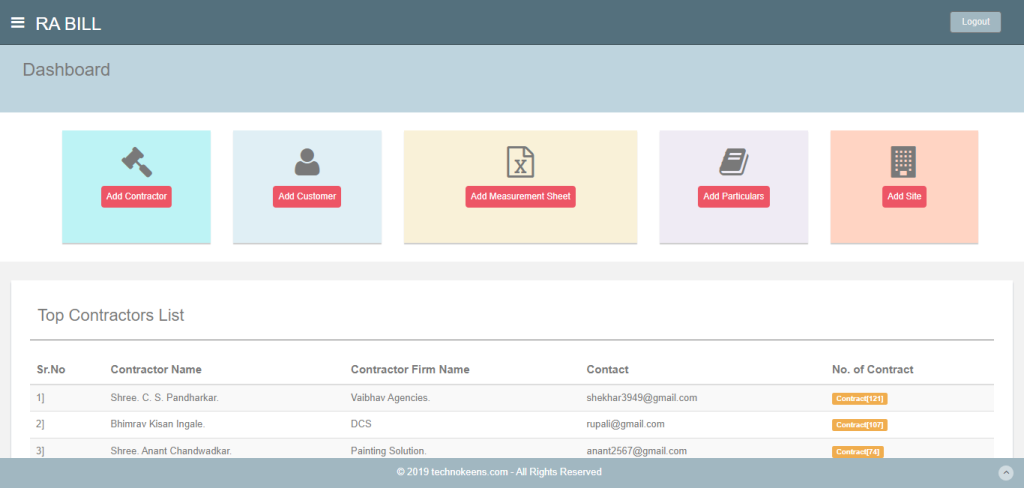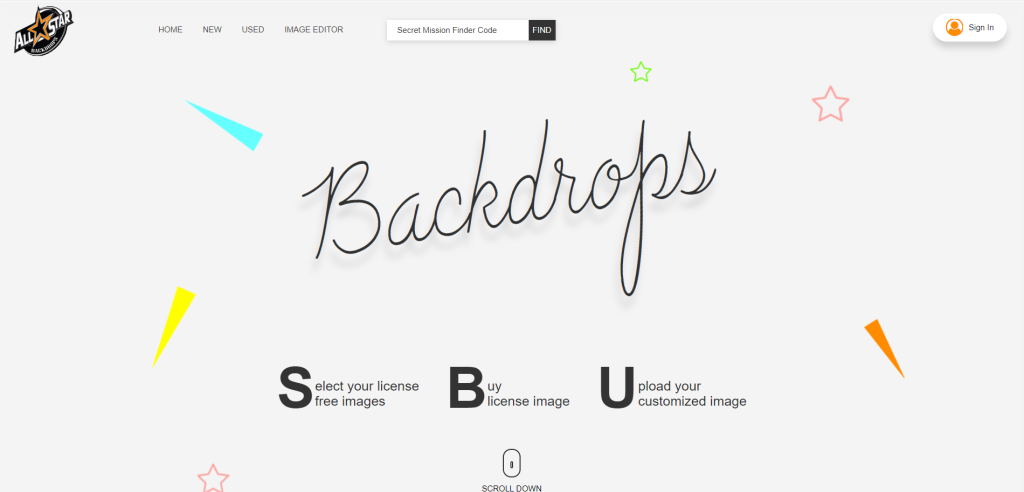Interaction Design
Crafting Seamless Digital Experiences with Interaction Design
Your website is more than a digital presence it’s often the first impression your brand makes. Interaction design plays a crucial role in shaping how users experience and respond to that moment. At Technokeens IT Solutions Pvt. Ltd., we focus on creating interfaces that are smooth, intuitive, and engaging. By combining design, behavior, and usability, we ensure that every interaction feels natural and purposeful. From clicks to transitions, we craft journeys that not only look good but also function flawlessly leaving users with a lasting, positive impression.
Overview
What We Do Best
At Technokeens IT Solutions Pvt. Ltd., we believe websites shouldn’t just look good, they should work beautifully. As a leading UX design company and UI design company, we create user first designs with purpose. From wireframes to responsive layouts, every interaction is crafted to move users closer to action.
Our Expertise

Real Results, Real Impact
- User-Centered Interfaces- Every design starts with your audience. We shape layouts and features that align with user behavior for intuitive navigation.
- Wireframing and Interactive Prototyping Services – We bring structure early by visualizing journeys through wireframes and turning them into dynamic, testable prototypes.
- Prototyping and Feedback Loops – Our ideas are built and validated early. We refine them through real feedback to ensure every design connects with its users.
- Responsive, Adaptive Design – We ensure your site performs beautifully across screens from desktops to mobile — without compromising on aesthetics or experience.
- UX and UI Expertise – As a full-service UI design company and UX design company, we blend usability with visual appeal. Every element is intentional, functional, and accessible.
- Integrated Web Development – Our internal web development team brings your designs to life with clean code, fast load speeds, and flawless animations.
Get Your Website Audit Report Now!
Impact
Refining User Interactions: User Testing in Interaction Design by Technokeens
Engaging designs hold attention.
Visually appealing layouts keep users on your site longer and reduce bounce rates.
Smart journeys boost conversions.
Optimized flows guide users smoothly from entry to action, increasing ROI.
Builds brand trust.
Modern, consistent design makes your brand look credible and professional.
Stand out from the crowd.
Interactive and intuitive design helps differentiate your brand in a crowded market.
Fast and flawless experience.
Quick load times and error-free performance keep users satisfied and engaged.

Related Case Studies
Take a look at
these related case studies

Estimate Generator And Management Portal
Government employees, specifically junior engineers, are responsible for creating and managing estimates in an Excel sheet. This process involves using specific formulas for calculations. However, due to the large amount of data and records, searching, deleting, and updating records is a lengthy and time-consuming task.

Student Management System

House Owner Management System

Renovation System Pro
Introducing a comprehensive project management and financial solution for the renovation industry, designed to streamline resource management, predict uncertainties with AI-driven anomaly detection, and facilitate financing through credibility analysis and fintech collaboration, complemented by a simplified and transparent bidding platform for project and property owners

E-Painter

E-Commerce Grocery Store

Taxi Booking App

Investment Advisory Service

E-Tender

ASBD All Star Backdrop
Take the Next Leap: Contact Us Today!
With Technokeens, interaction design becomes a driver of business outcomes, not just aesthetics. Let’s create a digital experience that feels human and performs like a machine.
